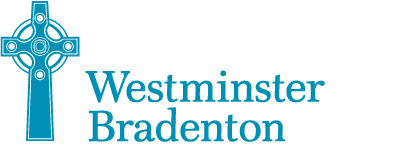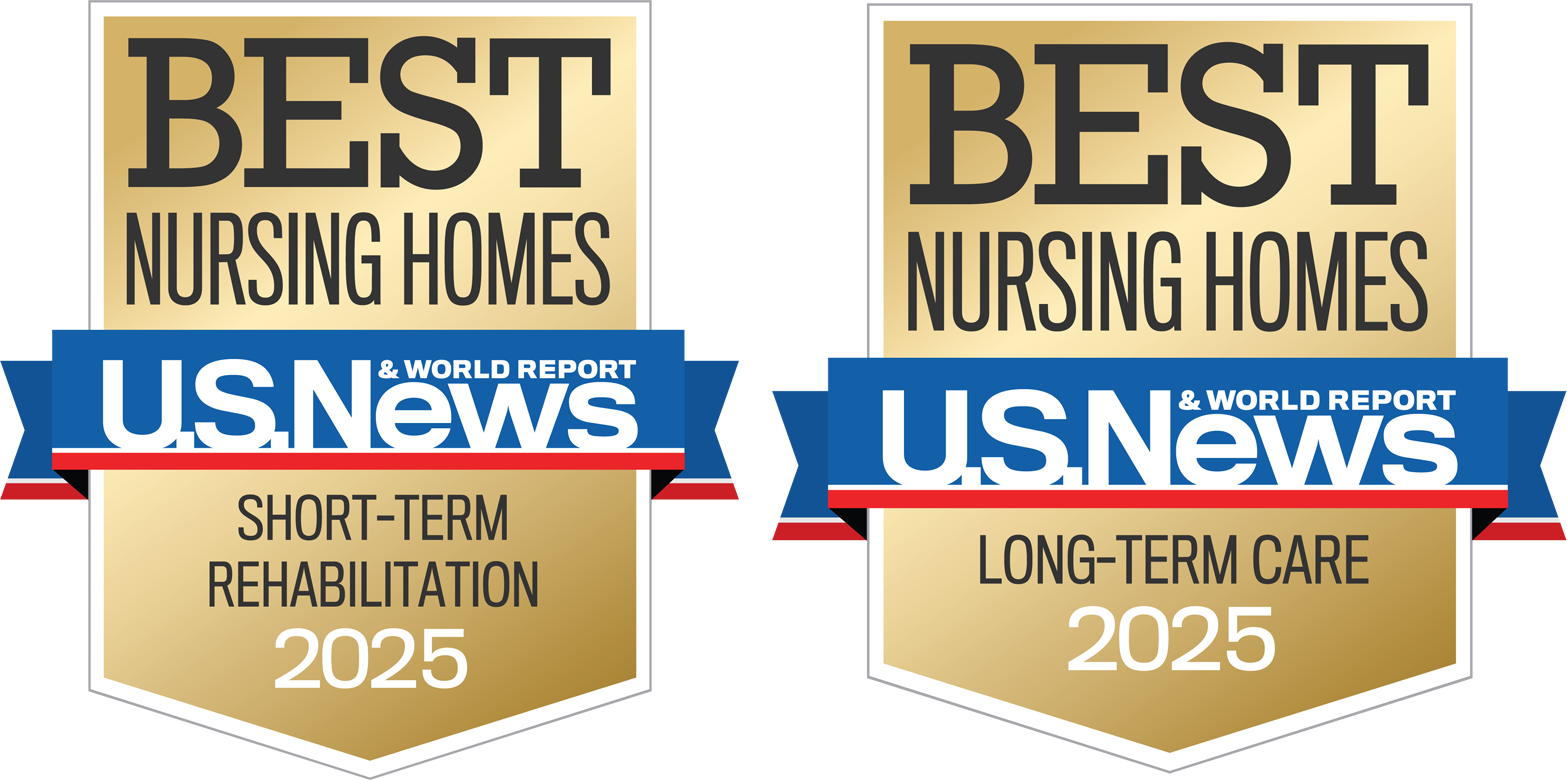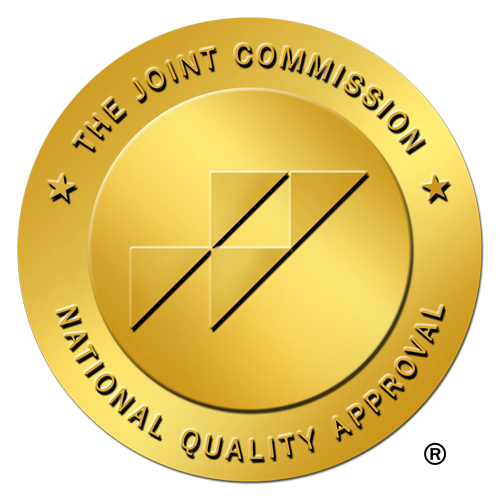Recovery doesn’t look the same as it did a decade ago. The field of physical therapy has undergone remarkable transformations, especially within senior living environments. If you’re exploring rehabilitation options for yourself or a loved one, you’ll find that today’s life plan communities offer sophisticated therapy services that rival—and sometimes exceed—what’s available in traditional clinical settings.
Senior Living Rehabilitation: Beyond Basic Recovery
Traditional physical therapy focused primarily on recovery from specific injuries or surgeries. While that remains important, rehabilitation services in modern senior living communities now embrace a more comprehensive approach that addresses overall wellness, strength maintenance, and fall prevention.
These expanded services recognize that physical health doesn’t exist in isolation. Your mobility affects your independence, social engagement, and mental wellbeing. That’s why innovative rehabilitation programs integrate multiple disciplines and technologies to support your whole-person health.
Technology-Enhanced Therapy in Life Plan Communities
Step into a rehabilitation center at a progressive life plan community today, and you might be surprised by the technology awaiting you:
- Virtual reality systems that make therapy sessions engaging while precisely measuring your movements and progress
- Specialized equipment that provides real-time feedback on weight distribution and balance
- Robotic-assisted devices that help rebuild neural pathways after strokes
- Digital tracking systems that allow therapists to monitor your progress between sessions
These technological advances aren’t just impressive—they’re transforming outcomes. You can now receive visual feedback that shows exactly how your gait is improving or how your balance has strengthened since beginning therapy.
Independent Living Specialized Programs
One significant advantage of rehabilitation services within life plan communities is their ability to tailor programs to specific living situations. Whether you’re in independent living focusing on preventative strength training or recovering from surgery in skilled nursing, therapists can customize your program accordingly.
For residents in assisted living, therapy might emphasize practical mobility skills and everyday activities that maximize independence. Memory care residents benefit from specialized approaches that incorporate familiar movements and consistent routines to reinforce cognitive connections.
This customization extends to your living space as well. Therapists can visit your apartment or residence to suggest modifications that support your ongoing recovery and prevent future injuries.

Preventative Approaches in Senior Living: Staying Strong
Perhaps the most significant shift in physical therapy within senior living communities is the emphasis on prevention rather than just treatment. Today’s innovative programs don’t wait for a fall or injury to occur—they proactively build strength, balance, and flexibility to prevent issues before they happen.
These preventative services often include:
- Balance clinics that identify and address risk factors before falls occur
- Strength training programs specifically designed for older adults
- Movement classes that maintain range of motion and flexibility
- Posture assessments that catch potential problems early
- Gait training to address walking patterns that could lead to falls
By participating in these preventative programs, you can maintain your independence longer and avoid the complications that come with injuries.
Life Plan Advantages: Continuity of Care Across Health Needs
One distinct advantage of physical therapy within life plan communities is the seamless continuity of care as your needs change. If you begin with outpatient therapy after a minor procedure while living independently, your therapists already know you if you later need more intensive rehabilitation following a hospital stay.
This continuity means you don’t have to repeatedly explain your medical history, preferences, and goals to new providers. Your therapy team becomes familiar with your specific challenges and strengths, allowing for more personalized and effective treatment plans.
Assisted Living Integration: Therapy Meets Daily Activities
Unlike clinical settings where therapy exists in isolation, rehabilitation in assisted living and other senior living environments integrates with your daily routine. Therapists understand the specific challenges of your living environment and can practice real-world skills that directly translate to your daily activities.
For example, if you enjoy participating in particular community activities, your therapist might incorporate movements that will help you continue those interests. This practical approach makes therapy more relevant and motivating, as you can see how your progress connects to maintaining your preferred lifestyle.
Memory Care and Skilled Nursing: Collaborative Care Teams
Modern rehabilitation across all levels of care—from memory care to skilled nursing—typically involves collaborative care teams rather than isolated practitioners. Your physical therapist might work alongside occupational therapists, speech therapists, nurses, and fitness specialists to create a comprehensive approach to your health.
This team approach ensures that all aspects of your wellbeing are addressed simultaneously. While a physical therapist works on your strength and mobility, an occupational therapist might help adapt your living space, and a speech therapist could address any swallowing concerns if you’re recovering from a stroke or other condition.
The Social Component of Senior Living Rehabilitation
Perhaps one of the most overlooked innovations in physical therapy within senior living settings is the social component. Unlike outpatient clinics where you might feel isolated in your recovery journey, community-based rehabilitation often incorporates group sessions where you can share experiences with others facing similar challenges.
These group settings provide motivation, accountability, and emotional support that complement the physical aspects of therapy. Many residents report that the encouragement from peers becomes a significant factor in their recovery success.

Evaluating Rehabilitation Services in Life Plan Communities
When exploring life plan communities, consider asking these questions about their rehabilitation services:
- What specialized equipment and technologies are available?
- Do they offer both preventative programs and recovery-focused therapy?
- How do therapists collaborate with other healthcare providers?
- Can therapy take place in your residence as well as in dedicated rehabilitation spaces?
- What success rates do they achieve for common recoveries like hip replacements or strokes?
- Are therapy services available to all residents across independent living, assisted living, memory care, and skilled nursing?
The answers will help you determine whether a community offers the innovative approaches that characterize today’s most effective rehabilitation programs.
Independent Living and Beyond: Embracing a Future of Mobility
The evolution of physical therapy in senior living environments represents a fundamental shift in how we think about aging and recovery. Rather than accepting decline as inevitable, these innovative approaches recognize that appropriate therapeutic interventions can help maintain and even improve function at any age.
By taking advantage of these advanced rehabilitation services within life plan communities, you gain access not just to recovery support but to comprehensive programs designed to keep you active, engaged, and independent for as long as possible.
Westminster Communities of Florida® is a faith-based, not-for-profit organization serving older adults since 1954, with more than 7,000 residents in 22 communities. For more information about our communities and services, visit https://westminstercommunitiesfl.org/






